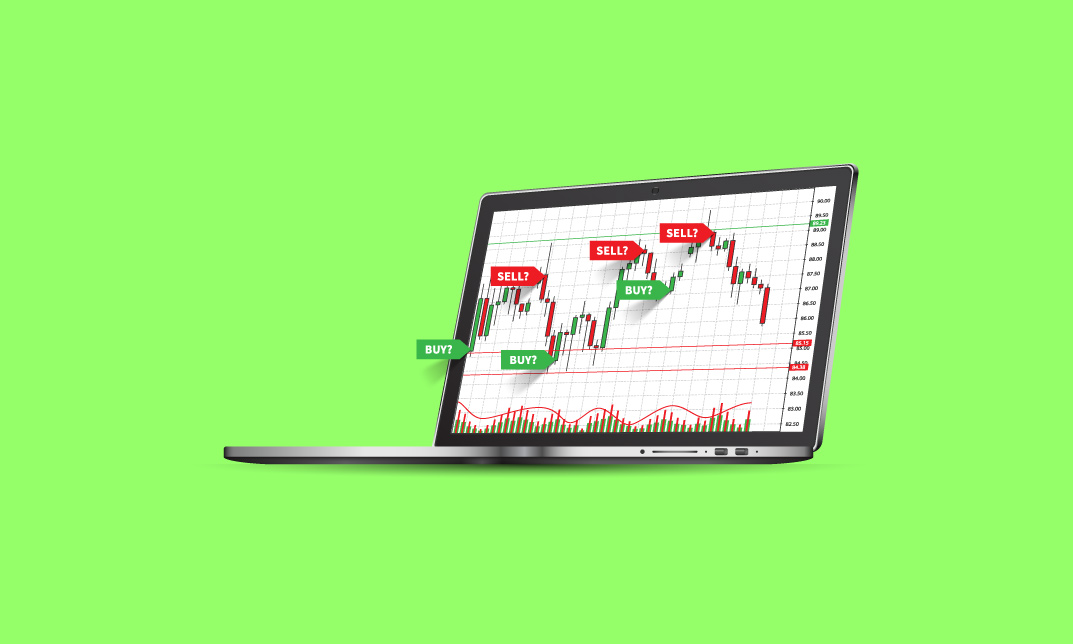Course Curriculum
| Technical Analysis Masterclass for Trading & Investing | |||
| Introduction | |||
| Introduction | 00:02:00 | ||
| Unit 01: Introduction to Technical Analysis | |||
| 1.1 Technical Analysis0 | 00:01:00 | ||
| Unit 02: Candlestick Patterns and Analysis | |||
| 2.1 Candlestick Charts | 00:05:00 | ||
| 2.2 Anatomy of Candlesticks0 | 00:04:00 | ||
| 2.3 Demand and Supply in Candlestick Pattern | 00:08:00 | ||
| 2.4 Support and Resistance | 00:12:00 | ||
| 2.5 Standard Doji | 00:05:00 | ||
| 2.6 Dragonfly Doji | 00:03:00 | ||
| 2.7 Gravestone Doji | 00:06:00 | ||
| 2.8 Engulfing Candles | 00:08:00 | ||
| 2.9 Morning & Evening Stars | 00:09:00 | ||
| 2.10 Hammer & Hanging Man Candles | 00:07:00 | ||
| 2.11 Mat Hold Pattern | 00:05:00 | ||
| 2.12 3-Methods Pattern | 00:06:00 | ||
| 2.13 Gaps Between Candlesticks | 00:03:00 | ||
| 2.14 Gap Close Reversal Strategy | 00:05:00 | ||
| Unit 03: Trade and Investment Chart Patterns | |||
| 3.1 Trendlines | 00:04:00 | ||
| 3.2 Head and Shoulders Pattern: H&S | 00:06:00 | ||
| 3.3 Inverse Head & Shoulders Pattern: IH&S | 00:02:00 | ||
| 3.4 Bull Flag | 00:03:00 | ||
| 3.5 Bear Flag | 00:03:00 | ||
| 3.6 ABCD Pattern | 00:05:00 | ||
| 3.7 Pattern Practice | 00:04:00 | ||
| Unit 04: Volume Analysis | |||
| 4.1 Volume | 00:07:00 | ||
| 4.2 Adding Volume Indicators On Charts | 00:07:00 | ||
| 4.3 Using VWAP: Volume Weighted Average Price | 00:11:00 | ||
| 4.4 Using OBV: On-Balance Volume | 00:06:00 | ||
| 4.5 Volume Profile | 00:08:00 | ||
| 4.6 Supply & Demand In Volume | 00:09:00 | ||
| 4.7 Stock Breakouts & Volume | 00:05:00 | ||
| 4.8 Volume Exhaustion | 00:07:00 | ||
| 4.9 Analysis and Example | 00:08:00 | ||
| Unit 05: Tape Reading Strategies | |||
| 5.1 Level1 vs. Level2 | 00:03:00 | ||
| 5.2 Supply & Demand In The Tape | 00:06:00 | ||
| 5.3 Time & Sales | 00:03:00 | ||
| 5.4 Tape Reading | 00:02:00 | ||
| 5.5 The Importance Of Tape Reading | 00:03:00 | ||
| 5.6 Hidden Buyers | 00:11:00 | ||
| 5.7 Hidden Sellers | 00:09:00 | ||
| 5.8 Fakeouts & Manipulation Tactics | 00:05:00 | ||
| 5.9 Identifying Reversals With The Tape | 00:08:00 | ||
| Unit 06: Technical Trading Strategies | |||
| 6.1 Managing Risk | 00:05:00 | ||
| 6.2 Breakout Trading Strategy | 00:09:00 | ||
| 6.3 Momentum Trading Strategy | 00:08:00 | ||
| Unit 07: Trading Platform and Practice | |||
| 7.1 Setting Up Trading Platform | 00:30:00 | ||
| 7.2 Risk Free Trading Strategies | 00:07:00 | ||
Course Reviews
[elementor-template id='289348']









